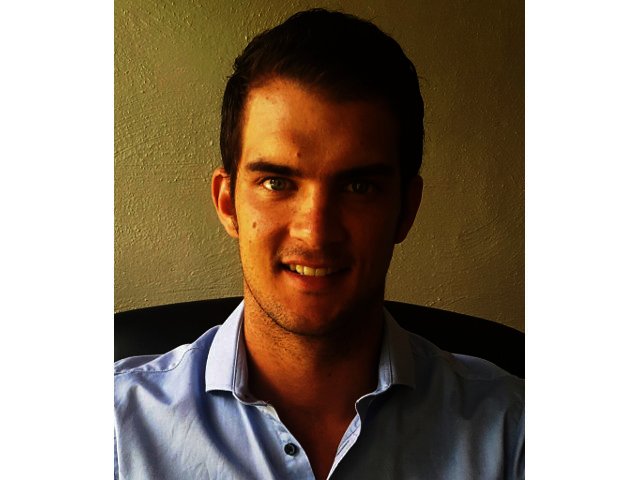Fleet operators are at risk of severe financial losses by adopting inadequate forward facing camera solutions that are failing to capture correct data of an accident or driving incident. This is according to Intelligent Telematics operations director Craig Lovell.
He says the road transport, fleet and insurance sectors face huge losses each year due to inaccurate and inadmissible evidence needed to defend or mitigate insurance claims.
There is massive interest in forward facing camera technology because businesses are recognising the benefits it can deliver in terms of proving what really happened and protecting against avoidable insurance costs.
“Any camera will help to mitigate claims, but as the insurance sector becomes more technically aware it will become critical to ensure that GPS accuracy and G-force measurement provides highly reliable impact speeds and force to prevent any challenges to the validity of data,” he explains.
Many cameras currently only capture data at one second intervals meaning that these solutions are often only able to provide impact speeds before or after an accident. Consider that a harsh braking vehicle would typically go from 60 km per hour to standstill in three seconds, there is considerable risk of presenting information that is massively inaccurate.
He says companies need to insist on cameras that capture data at 10 times per second to ensure impact speeds are identified at the exact point when an accident occurs. "It is also essential that a camera is mounted perfectly square on both horizontal and vertical planes to have a zero G-force reading when stationary, something that is almost impossible to achieve through manual installation."
To make matters worse, fleet operators are often advised to mount cameras angled forward to pick up larger blind spot zones, so a vehicle will automatically be registering up to 0.45g at standstill (many telematics providers consider this level of g-force as a harsh driving incident). Auto calibration is a necessary requirement of any camera solution that will ensure correct measurement and protect the legitimacy of any data capture.
“Not all camera solutions are fit for purpose and as levels of adoption increases and the technology becomes embedded in the road transport and fleet sectors, poor quality data faces the risk of being dismissed with operators ultimately having to absorb the added costs. Therefore, it is important that companies carefully consider any camera investment to avoid potentially spiraling insurance,” concludes Lovell.
For more information contact Intelligent Telematics on (08611 58527) or email craig@intelligent-telematics.co.za or visit www.intelligent-telematics.co.za
PREVIOUS ARTICLENEXT ARTICLE
MANAGED SERVICES

Fleet operators could face huge insurance losses
By Staff Writer 27 February 2015 | Categories: Managed Services
VIEWING PAGE 1 OF 1
VIEWING PAGE 1 OF 1
USER COMMENTS
Most Read Articles
Read

Magazine Online
TechSmart.co.za is South Africa's leading magazine for tech product reviews, tech news, videos, tech specs and gadgets.
Start reading now >
Download latest issue
Have Your Say
What new tech or developments are you most anticipating this year?
New smartphone announcements (45 votes)
Technological breakthroughs (29 votes)
Launch of new consoles, or notebooks (14 votes)
Innovative Artificial Intelligence solutions (29 votes)
Biotechnology or medical advancements (24 votes)
Better business applications (160 votes)



